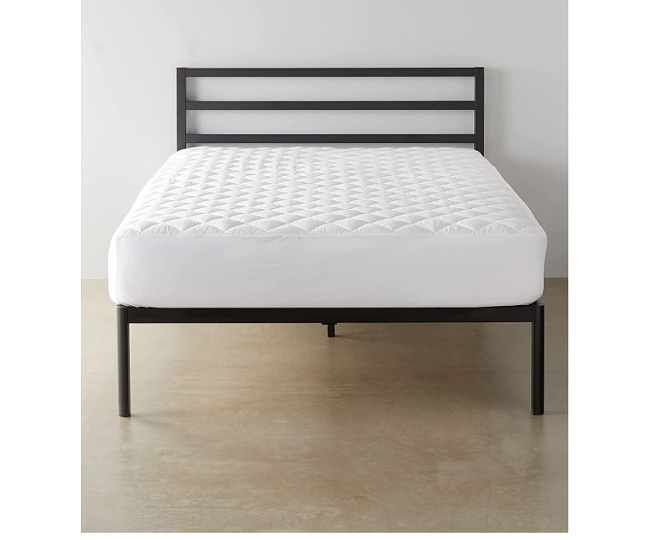Wardrobes play a vital role in the organization and aesthetics of Malaysian homes, reflecting the blend of traditional and modern influences that characterize the country’s unique interior design landscape. Over the years, wardrobes in Malaysia have evolved from simple storage units to essential elements of home decor, tailored to meet the diverse needs and preferences of the population. This evolution is driven by changes in lifestyle, advancements in design, and the growing importance of maximizing space in urban living environments. As a result, wardrobes in Malaysia are not just functional storage solutions but also statements of style and practicality.
The transformation of wardrobes in Malaysia can be traced back to the country’s rapid urbanization and economic growth. As cities expanded and living spaces became more compact, the need for efficient storage solutions became paramount. Traditional wooden wardrobes, often handcrafted and intricately designed, began to give way to more contemporary, modular systems. These modern wardrobes are designed to optimize space and provide versatile storage options, catering to the needs of urban dwellers who require both functionality and aesthetic appeal. The shift from traditional to modern designs reflects broader changes in Malaysian society, where practicality and efficiency are increasingly valued.
The design and functionality of wardrobes in Malaysia are influenced by cultural and climatic factors. Traditional Malaysian wardrobes were often made from locally sourced timber and featured ornate carvings that reflected the country’s rich cultural heritage. These designs, while beautiful, were not always practical for modern living conditions. Today, wardrobes in Malaysia are designed to be more versatile and climate-friendly, incorporating materials and finishes that withstand the country’s hot and humid climate. Features such as ventilated shelves and moisture-resistant coatings are common, ensuring that clothes and other stored items remain fresh and free from damage.
Customization has become a key trend in the Malaysian wardrobe market, driven by the desire for personalized storage solutions that cater to individual needs. Many homeowners opt for custom-built wardrobes that maximize space and meet specific requirements, such as dedicated sections for shoes, accessories, and clothing. This trend towards customization is supported by a growing number of local and international brands that offer bespoke wardrobe solutions, combining functionality with personalized design. The ability to tailor wardrobes to fit unique spaces and preferences has made custom wardrobes increasingly popular among Malaysians seeking to optimize their living environments.
The rise of sustainable and eco-friendly materials is another significant development in the wardrobe industry in Malaysia. As environmental awareness grows, more consumers are looking for sustainable options that reduce their carbon footprint. Many wardrobe manufacturers in Malaysia are responding to this demand by using eco-friendly materials, such as bamboo and reclaimed wood, and incorporating sustainable practices in their production processes. These efforts not only appeal to environmentally conscious consumers but also contribute to the broader movement towards sustainable living in Malaysia. The integration of sustainable materials into wardrobe design reflects a global trend towards eco-friendly home solutions.

Looking ahead, the future of furniture shop near me is set to be shaped by technological advancements and changing consumer preferences. Smart wardrobes, equipped with features such as automated lighting, temperature control, and integrated inventory management systems, are likely to become more prevalent. These innovations aim to enhance the functionality and convenience of wardrobes, making them more than just storage units but integral parts of the smart home ecosystem. As technology continues to evolve, wardrobes in Malaysia will likely become even more sophisticated, offering new levels of convenience and efficiency for homeowners.
In conclusion, wardrobes in Malaysia have undergone significant evolution, transforming from traditional wooden structures to modern, multifunctional units that cater to the diverse needs of the population. This evolution reflects broader societal changes, including urbanization, the importance of space optimization, and the growing demand for personalized and sustainable solutions. As the market continues to evolve, driven by technological advancements and changing consumer preferences, wardrobes will remain essential elements of Malaysian homes, combining functionality, style, and sustainability. The future of wardrobes in Malaysia looks promising, with continued innovation set to enhance the way people organize and enhance their living spaces.

Leave a Reply